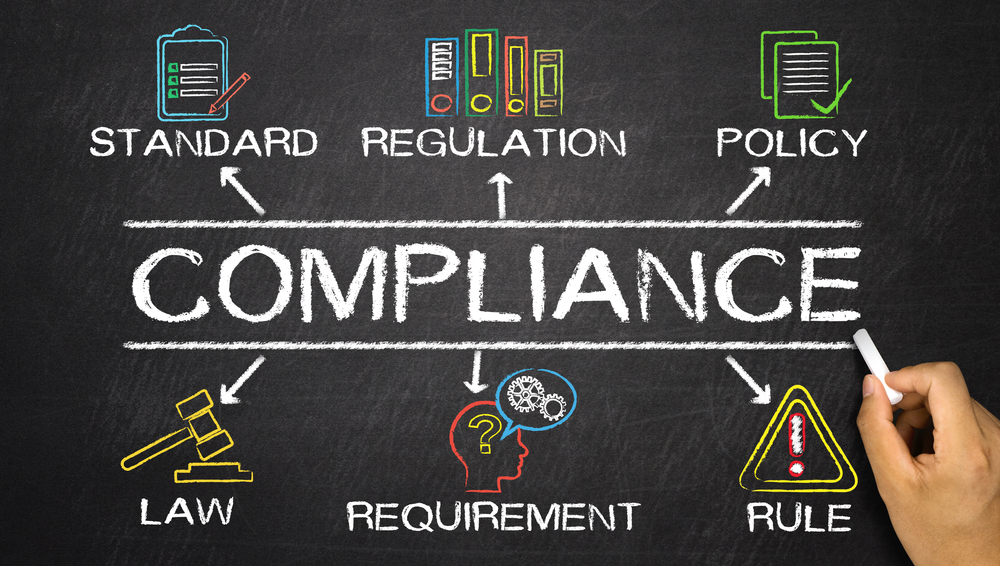
Regulatory compliance training is an important part of running any successful business. Not only does it keep staff educated on the regulations they must follow, but it can also help prevent costly mistakes from occurring and ensure that your organization remains compliant with relevant laws and safe from financial losses or government penalties.
Implementing effective regulatory compliance training is essential for businesses seeking to stay on top of industry changes, maintain high standards for customer service, and demonstrate a true commitment to quality assurance. In this post, we will discuss the key benefits of proper regulatory compliance training and offer tips for creating an effective approach.
What is Regulatory Compliance Training and Why is it Necessary for Quality Outcomes
In a constantly evolving world of business, regulatory compliance training has become a buzzword for organizations that strive for quality outcomes. But what exactly is regulatory compliance training?
Simply put, it’s a set of guidelines and rules set by regulatory authorities that organizations must follow to avoid legal and financial repercussions. This form of training includes educating employees on laws, regulations, and policies related to their job to ensure that they act ethically, safely, and efficiently.
Organizations need to ensure their employees are well-versed in regulatory compliance since it is vital to maintaining legal and ethical business practices, avoiding legal penalties, and protecting the company’s reputation. It helps foster an environment with heightened ethical standards, which translates to better products, happy customers, and business longevity.
How to Design a Successful Regulatory Compliance Training Program
Regulatory compliance is an essential part of any business operation. Ensuring that employees are trained to comply with the regulations is crucial to avoiding legal ramifications or potential fines. Designing a successful regulatory compliance training program may seem daunting, but it doesn’t have to be.
The first step is to identify the regulations that apply to your business and determine the scope of the training required. Then, you can develop engaging content with different formats, such as videos, interactive quizzes, or simulations, that will keep employees interested and motivated to learn. Finally, measure the effectiveness of the training program and follow up with employees to ensure they understand the regulations and know how to apply them in their work.
By following these steps, you can create a regulatory compliance training program that’s not only successful but also valuable to your business and employees alike.
Identifying Key Stakeholders and Assessing Target Audiences for Regulatory Compliance Training
In today’s business world, regulatory compliance has become a crucial requirement. Therefore, providing regulatory compliance training is necessary to ensure the organization’s success. However, the training is only valuable if the right stakeholders attend and understand the materials delivered.
It is essential to identify key stakeholders and assess target audiences to make training programs effective. With this approach, the organization can ensure that everyone in the organization understands why regulatory compliance is important, how it protects the business and its stakeholders, and the consequences of non-compliance.
By conducting an assessment, the organization can tailor training programs to different groups’ specific needs and preferences, making them engaging, practical, and easy to understand. This way, regulatory compliance training becomes a collaborative effort, with the organization and its stakeholders working together to achieve common goals.
Understanding the Different Types of Regulatory Compliance Training Modules
Regulatory compliance training is an essential element of today’s business environment. It ensures that companies operate legally and in line with industry regulations. However, there are varying types of regulatory compliance training modules, and it can be overwhelming for organizations to determine which one is right for their specific needs.
It is crucial to have an understanding of the different types, ranging from basic compliance to industry-specific training, to ensure that companies remain compliant with regulations while also staying informed about changes in their respective industries. By taking the time to understand these regulatory compliance training modules, companies can protect themselves from potential legal issues and create a successful culture of compliance within their organization.
Creating an Effective Evaluation System to Monitor Progress and Gaps in Knowledge
Evaluating progress and identifying knowledge gaps is crucial for any organization to succeed. Creating an effective evaluation system helps managers and employees monitor progress, identify areas where they need improvement, and make informed decisions to bridge the knowledge gap.
An effective evaluation system can also help organizations improve their strategies, boost employee morale, and enhance productivity. By setting clear goals and metrics, tracking performance, and providing timely and constructive feedback, an evaluation system can help everyone in the organization work towards a common goal.
Ultimately, an effective evaluation system benefits both the organization and its employees by fostering a culture of continuous learning and improvement.
The ability to adapt and implement successful regulatory compliance training is essential in order to ensure quality outcomes. By understanding the goals of a compliant organization, identifying key stakeholders, determining the target audience, creating assorted modules, continually assessing progress, and building a system that encourages consistency and utilization of technology, an administrator can lay the foundation for an effective training program.
Leave a Reply